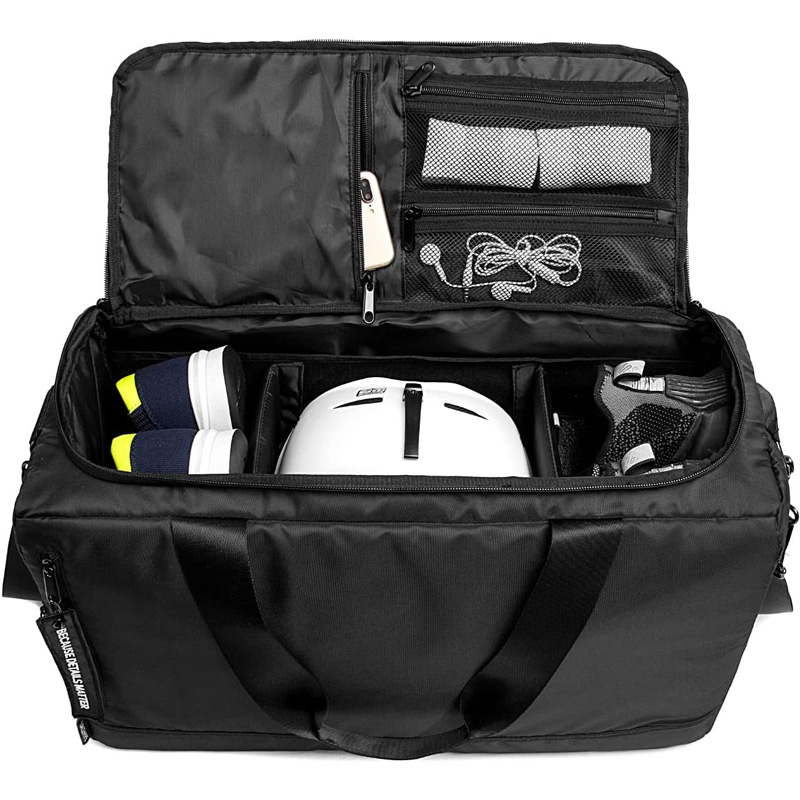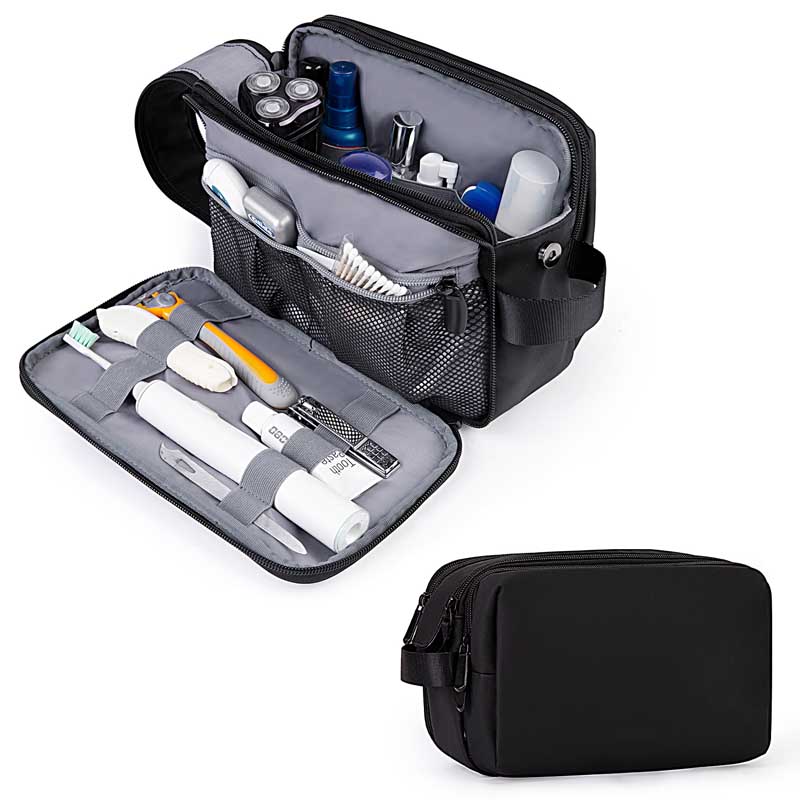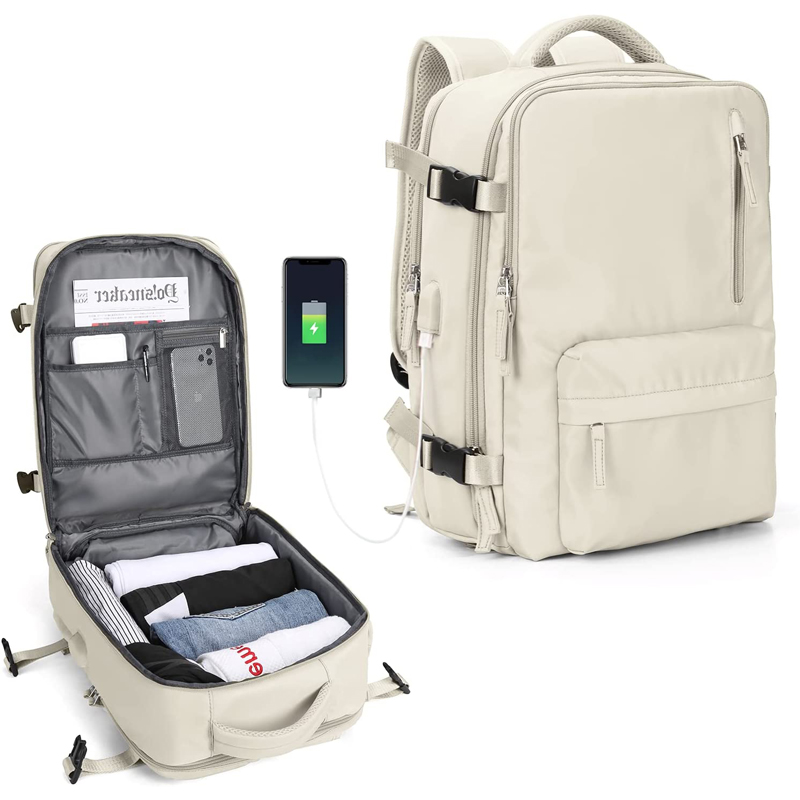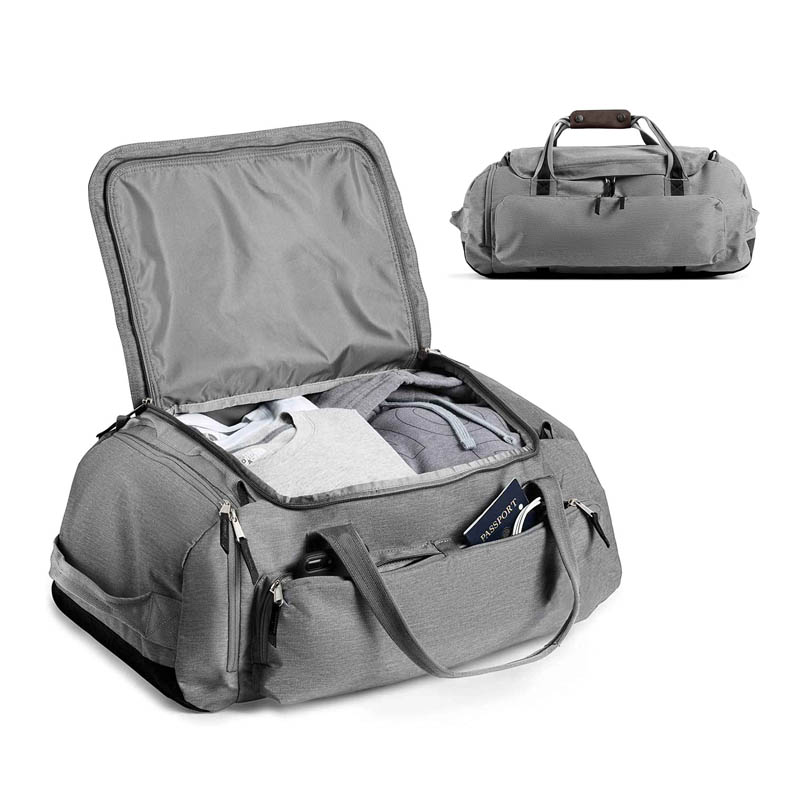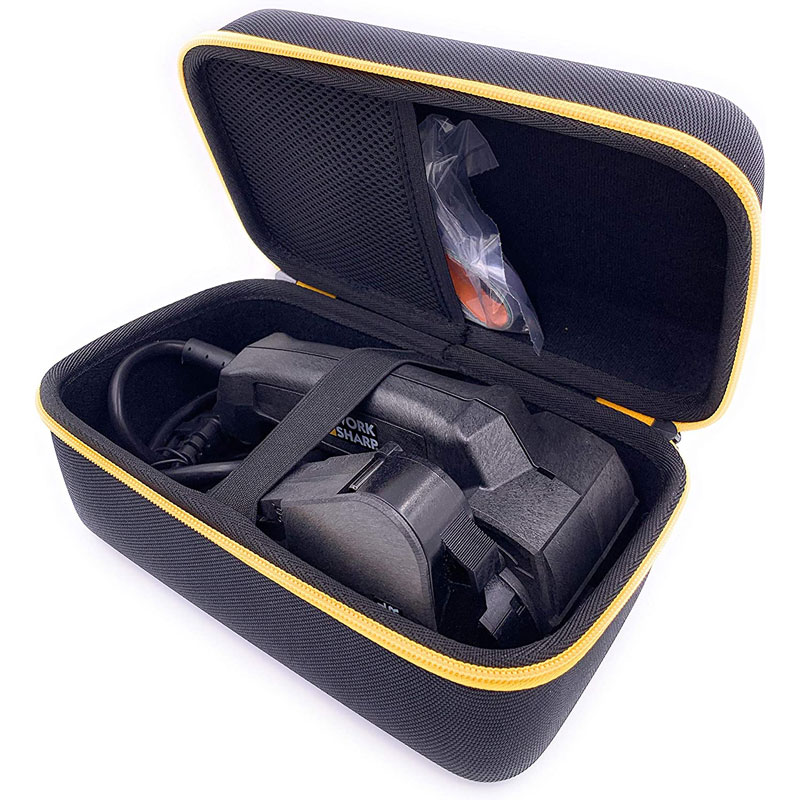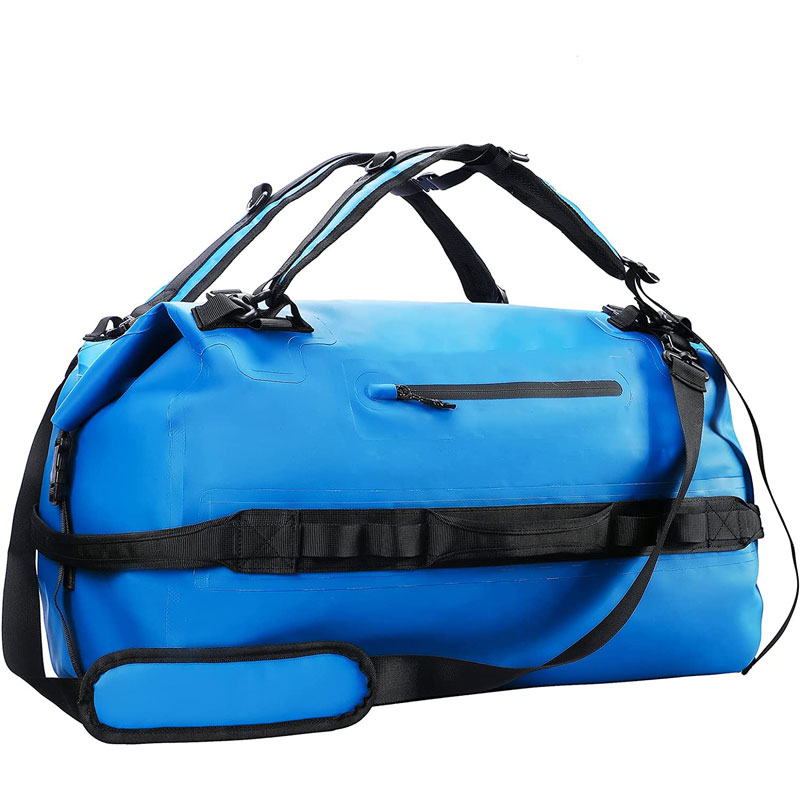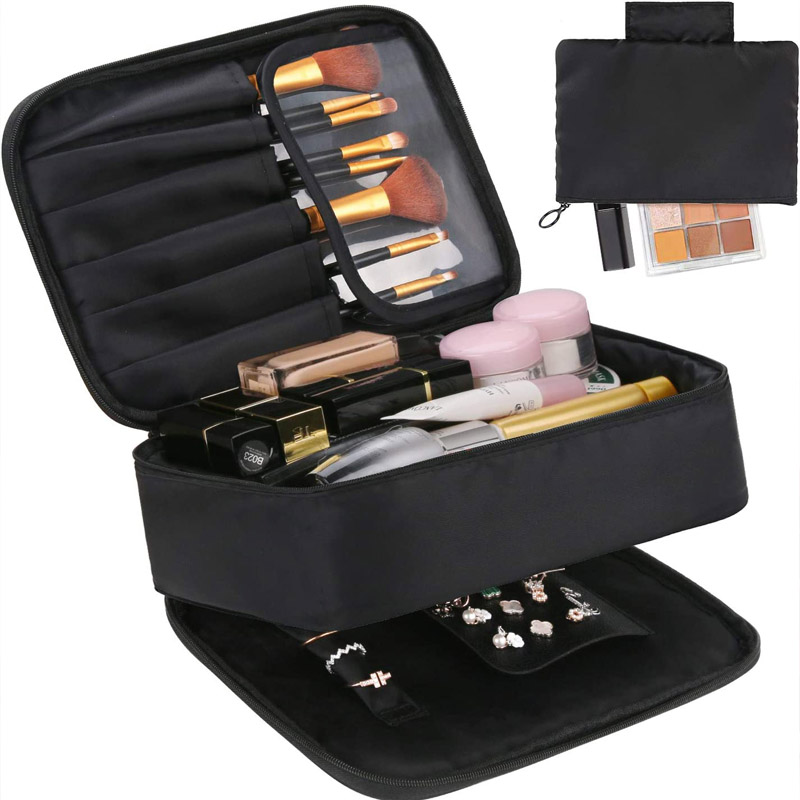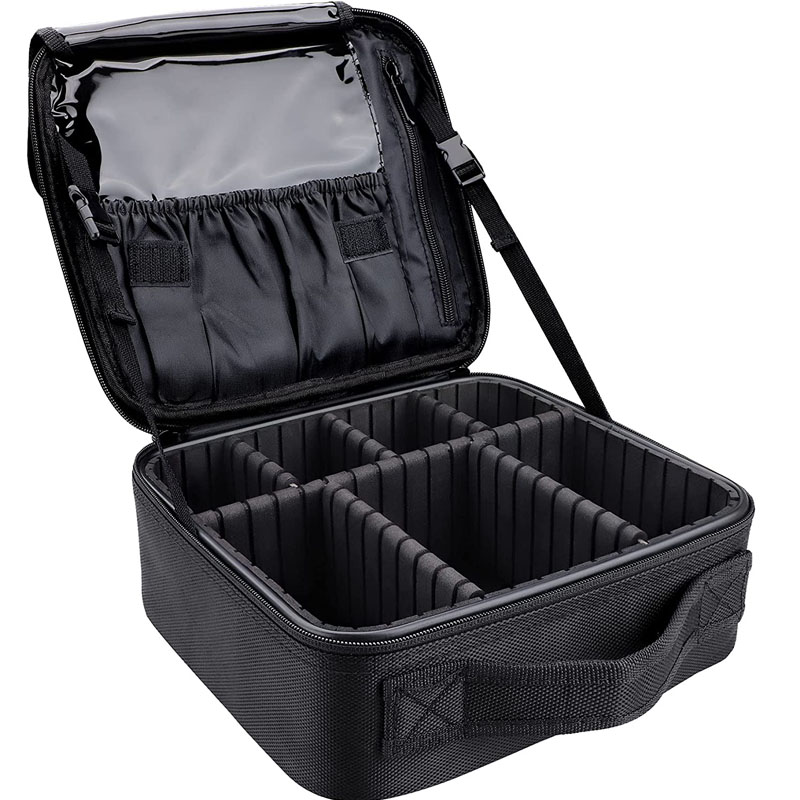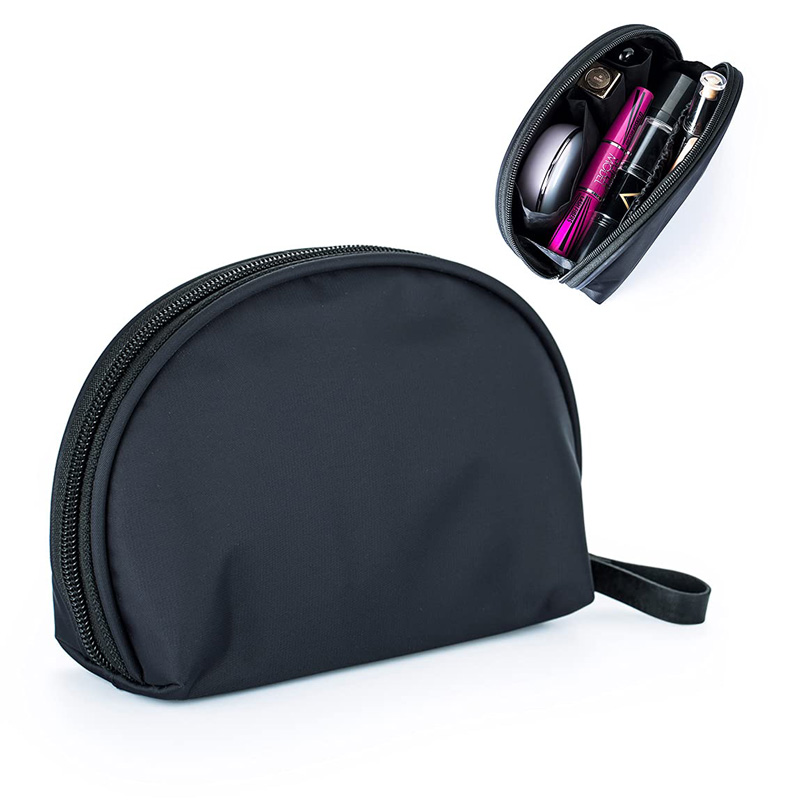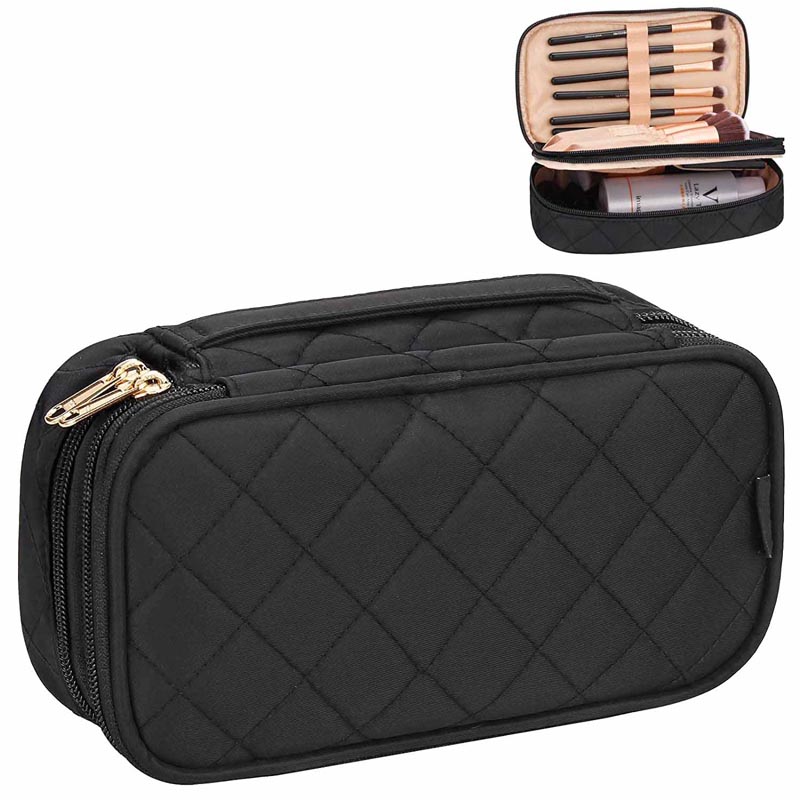What Makes a Backpack Waterproof?
The waterproofness of a backpack is primarily determined by the materials used and the construction techniques. Here are the key factors:
1. Material: High-quality, water-resistant fabrics such as nylon or polyester are often used. Some backpacks also feature a waterproof coating or a waterproof membrane like Gore-Tex.
2. Seams: The way seams are sealed is crucial. Many waterproof backpacks use taped or welded seams to prevent water from seeping in.
3. Zippers: Waterproof zippers or roll-top closures are essential to maintain the integrity of the backpack's waterproof design.
4. Design: Some backpacks are designed with a rain cover or have a high-coverage flap to protect the contents from rain.
Testing Waterproof Backpacks
To truly understand if a backpack is waterproof, it's important to consider how it's tested:
- Hydrostatic Head Test: This measures the height of water column that the fabric can withstand before water starts to pass through it. A higher hydrostatic head indicates better waterproofness.
- Field Tests: Real-world testing is also crucial. This includes exposure to rain, submersion in water, and even pressure from the weight of the backpack's contents.
Benefits of Waterproof Backpacks
1. Protection: The primary benefit is the protection of your gear from water damage.
2. Peace of Mind: Knowing your belongings are safe from the elements allows you to focus on your adventure.
3. Versatility: Waterproof backpacks are suitable for a variety of activities, from hiking and camping to urban commuting during rainy seasons.
4. Durability: The materials and construction often result in a longer-lasting backpack.
Drawbacks to Consider
1. Weight: Waterproof backpacks can be heavier due to the additional materials and coatings.
2. Cost: High-quality waterproof backpacks can be more expensive than their non-waterproof counterparts.
3. Maintenance: Some waterproof materials require special care to maintain their waterproof properties.
How to Choose the Right Waterproof Backpack
1. Activity: Consider the activities you'll be engaging in and the environmental conditions you expect to face.
2. Size: Choose a backpack that fits the volume of gear you typically carry.
3. Comfort: Even the best waterproof backpack won't be useful if it's uncomfortable to wear.
While no backpack can be 100% waterproof in every situation, high-quality waterproof backpacks come close to providing full protection against the elements. They are an excellent investment for anyone who values the safety of their belongings and the peace of mind that comes with knowing your gear is secure, no matter the weather.
In conclusion, waterproof backpacks are a worthwhile addition to your gear, offering a high level of protection and reliability. With the right choice and proper care, they can be a trusted companion on all your adventures.


